La Cour des Miracles
Although 17th century France had a Sun King, not everything was rainbows and sunshine. There places in various cities, were only the brave dared to walk and which the royal rays of Sun did not penetrate.
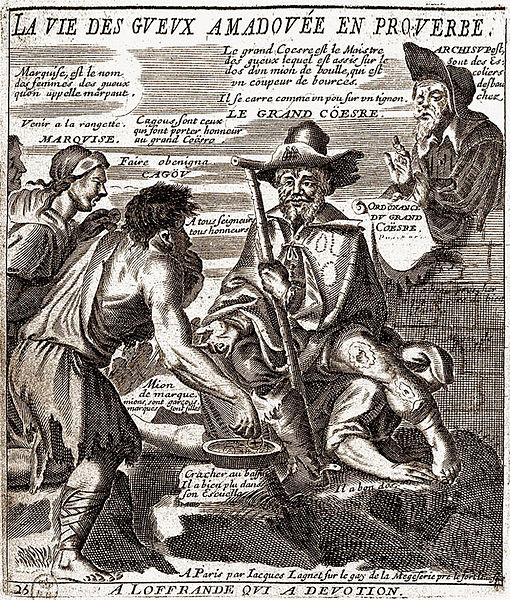 For a 17th century noble, everything that was not in the immediate surroundings of Paris was often considered province. Thus is it no surprise that many people, not just the nobles, sought to make a living in Paris… but often it did not work out. While some were skilled enough to find work or entered into someone’s service, others only managed to get temporary labour and for some Paris turned out to be a nightmare.
For a 17th century noble, everything that was not in the immediate surroundings of Paris was often considered province. Thus is it no surprise that many people, not just the nobles, sought to make a living in Paris… but often it did not work out. While some were skilled enough to find work or entered into someone’s service, others only managed to get temporary labour and for some Paris turned out to be a nightmare.
All of it led to an increase of unfortunate souls, which were not able to find work or shelter anywhere in the city… but they had to stay somewhere, thus slums grew everywhere in the city. Most of the larger cities had one, but Paris had a dozen. At the rue Réaumur, rue du Bac, rue de la Mortellerie, rue de la Jussienne, rue des Forges, rue de Reuilly, rue des Tournelles and rue Jean-Beausire, rue de l’Échelle, two near the Porte Saint-Denis, and what was called the Grande Cour des Miracles between the rue du Caire and rue Réaumur. The expression Cour des Miracles was not exclusively for the latter, but all of them. Not just in Paris, these places were referred to as court of miracles.
It was where the poorest of the poor lived, those that were reduced to make a living by begging. They roamed the streets during the day and, in order to gather more money by evoking sympathy, they feigned to have various maladies. Healthy men and women, suddenly became cripples or suffered of a painted-on eczema once they stepped out on the streets, but each night, when darkness enfolded them and they returned to their slums, they were miraculously cured. Hence the places were they spent the night received the nickname court of miracles, since so many ailing people were cured there once they set foot inside.
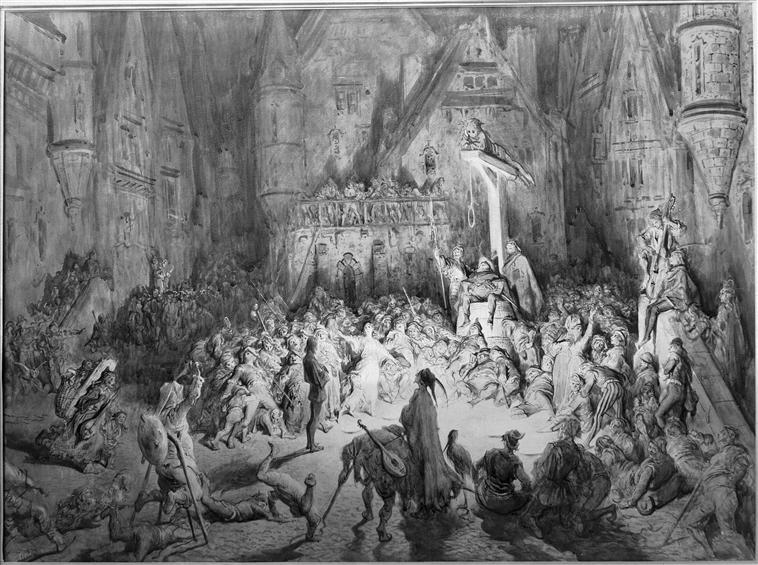
According to sources of the time, these beggars were structured in a rank-system and consisted of various classes. The narquois, also called drilles, pretended to be soldiers that were injured or lost limbs in service of the King. The fausses pretended to be the victims of feu du ciel -fire from the sky- and the malingreux pretended to suffer of various illnesses.
The francs mitoux simulated epileptic seizures. The piètres were false cripples. The marfaux/marjauds were agents for the prostituées. The mercandiers pretended to be merchants ruined by wars, fire or by other accidents and the capons went to beg on public places, where they tricked people into losing their money with little gambling games. The term courtauds de Boutange meant beggars who only had the right to beg during the winter months. Millards were pickpockets, who stole provisions. Orphelins, young boys who walked the streets half-naked or in rags, pretending to be starving and freezing, even in summer. The hubains were people with a certificate stating that they had been cured of rabies by the intercession of Saint-Hubert. Coquillards were false pilgrims.
Of course, there were also the coupeur de bourse, purse-cutters, but to become one of those was not easy. According to La cour des Miracles by Sauval, two tasks had to be performed to be recognised as such. First, one had to cut a purse with bells attached, that dangled off a rope, without making a sound. Then, the person in question was led to a public place by a group of established purse-cutters, where a victim was sought by the companions whose purse had to be stolen, after which the companions actually pointed the deed out and seized the thief. Thus alarming everyone close to them and, making much of a fuss about it as distraction, draw passer-bys to them, whose purses are then cut by them.
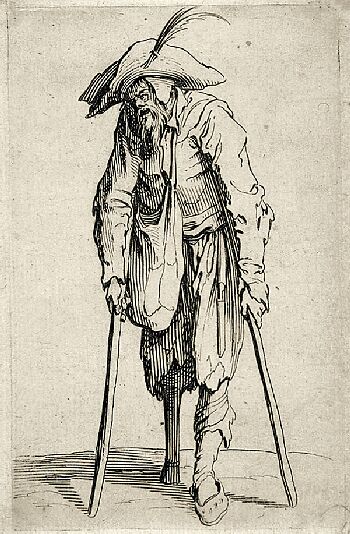 All of them followed their own laws, had an own slang and a leader. During the time of Henri II, the term ragot meant the leader of this underworld society, afterwards the term that was used was chef-coësre. The chef-coësre was the King of all beggars of France and had cagoux, also called Ducs, who acted as lieutenants and were the ones instructing beggars who were new to the trade. Below them were the archissupots, beggar-scholars who were former students and taught the slang to the new ones.
All of them followed their own laws, had an own slang and a leader. During the time of Henri II, the term ragot meant the leader of this underworld society, afterwards the term that was used was chef-coësre. The chef-coësre was the King of all beggars of France and had cagoux, also called Ducs, who acted as lieutenants and were the ones instructing beggars who were new to the trade. Below them were the archissupots, beggar-scholars who were former students and taught the slang to the new ones.
Of course all of that was a bit of a problem, especially the structuring among the beggars, for the royal authority and the safety on the Parisian streets. In 1667, with the Edict of Saint-Germain-en-Laye, Louis XIV had a new position created in hopes it might make an end to it all. It was that of lieutenant-general of police of Paris and given to Gabriel Nicolas de La Reynie. Legend has it that Monsieur de La Reynie had the walls of the Grande Cour des Miracles breached and stormed it with armed forces, telling everyone to leave at once and adding that the last twelve to leave would be hanged at the very spot. Although is story is often quoted, there is actually no evidence it happened like this that dates before 1844. The first mention comes from Horace Raisson’s work about the Parisian police actions between 1667 and 1844… so it might not be that true of a story.
However, the Cour de Miracles really became smaller and smaller over the years. Houses were teared down, apparently over 500 families lived there, criminals branded and sent to the galleys. After the construction of the Hôpital général de Paris, many Cour de Miracles residents sought shelter there and left their hovels. The last of them were teared down by 1784, due to a royal edict ordering the area to be cleared in order to set a market up… but the whole area had such a bad reputation by then, that many of the fishmongers and blacksmiths, who were supposed to perform their trade there, refused to settle there.
The final vestiges of the old Cour des Miracles, which served as inspiration for Victor Hugo’s Les Misérables and The Hunchback of Notre-Dame, were eliminated with the redevelopment of the Filles-Dieu site during the French Revolution and the Haussmannisation of the area in the 19th century.


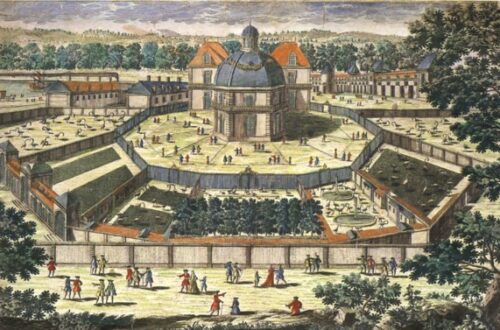
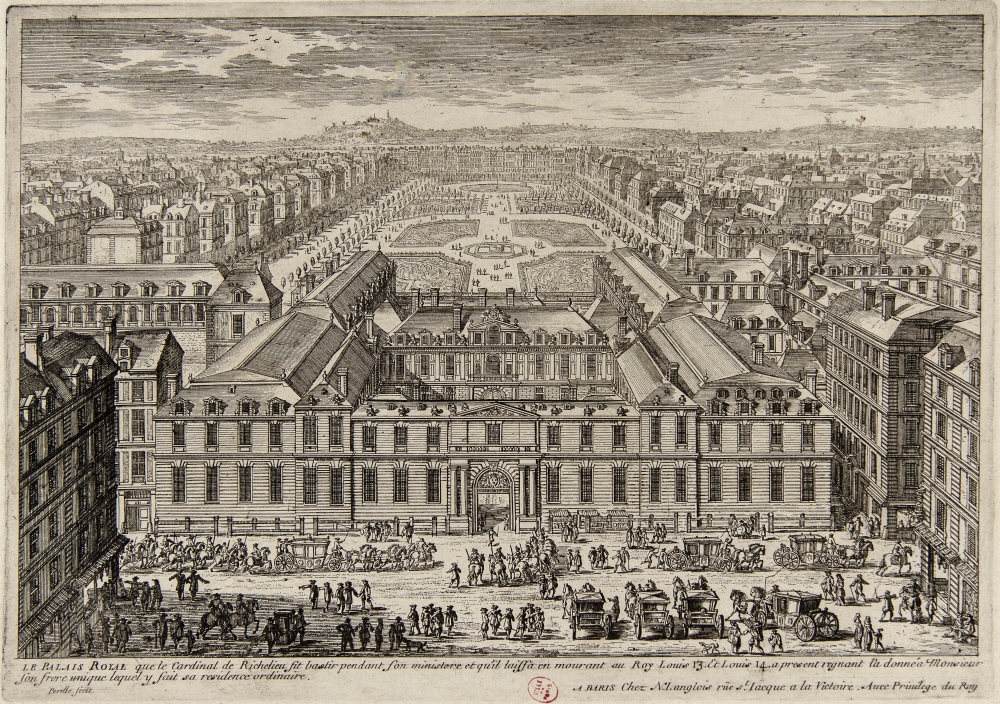
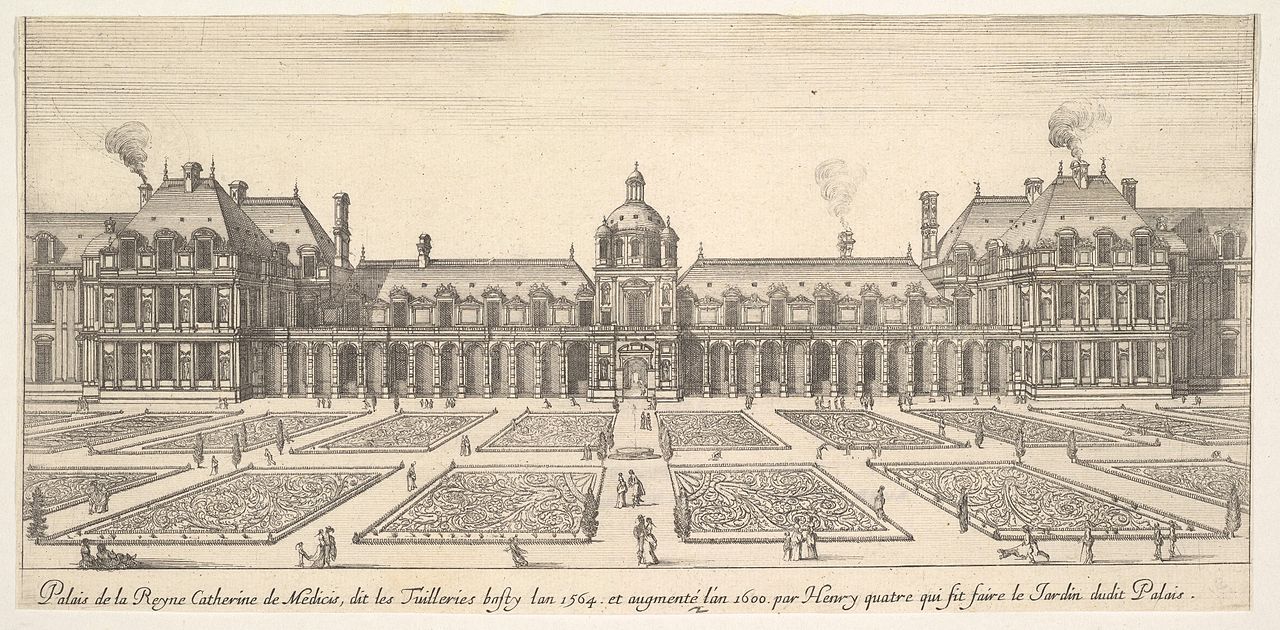
One Comment
Susan Chapek
Thank you for showing me some corners of Moliere’s and Louis’ Paris that I had never seen before.